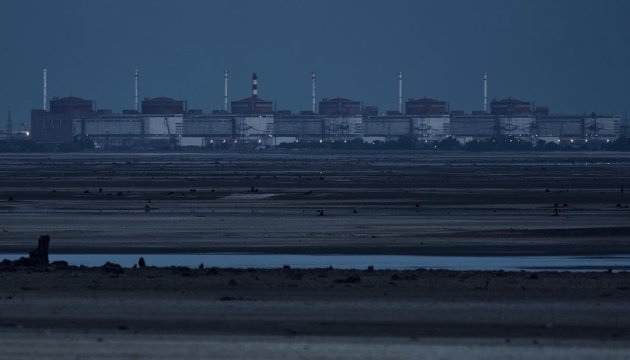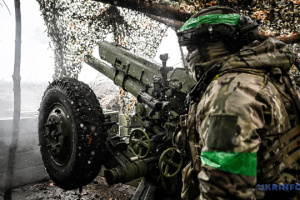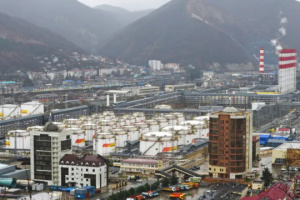
Russia-seized nuclear plant survives eight full blackouts since invasion - Energoatom
That’s according to NAEC Energoatom, Ukraine’s national operator of nuclear facilities, Ukrinform reports.
Five of the blackouts took place in 2022 and three – in 2023, the report reads.
"The complete shutdown of an NPP is almost the most important factor that poses the greatest threat to nuclear and radiation safety. From September 11, 2022, power units at the ZNPP have not been generating electricity. However, the plant is in operation and needs external power supply, primarily, for the cooling systems of the active zone at the reactors to function and of nuclear fuel in its storage pools. Prerequisites for a complete shutdown of the Zaporizhzhia NPP captured by the Russians are a constant occurrence," the report says.
For the first time, the Zaporizhzhia NPP was cut off from the country's power grid on August 25, 2022. Then, as a result of enemy shelling, the last high-voltage overhead power line – PL-750 kV Dniprovska – was damaged.
Despite Energoatom's repeated warnings of threats, the Russian military continued to hit power lines and open distribution devices (OPD). By the end of 2022, four more blackouts occurred due to damage to power lines at the plant: on October 8 and 12, and November 3 and 23.
In 2023, there three full blackouts were reported on March 9, May 22, and December 2. In all cases, Ukrainian repair teams restored power lines in the shortest possible time despite challenging circumstances.
ZNPP survived seven complete power outages, being fed via a single trunk line connecting it to the Ukrainian power system of Ukraine. And only on July 3, 2023, was backup power from the domestic power system restored via a 330 kV line.
The eighth blackout occurred in the early hours of December 2, 2023 due to the breakdown of the 330 kV ZaTES-Ferrosplavna transmission line and a shutdown of the last remaining 750 kV line, Dniprovska. Having lost connection with both external lines, the Zaporizhzhia NPP switched to diesel generators.
Recently, the NPP was again on the verge of blackout. On February 21, 2024, as a result of Russian shelling, PL-330 kV was de-energized, and once again only one PL-750 kV Dniprovska line remained in operation, connecting the ZNPP with the Ukrainian power system.
It is noted that when a nuclear power plant switches to diesel generators in conditions of complete blackout, its future fate depends on a sufficient amount of fuel. In its absence, diesel generators stop in 10 days.
"Each such situation is extremely dangerous for the nuclear and radiation safety of the entire continent. At these hours, the plant switches to power supply from diesel generators - and every time a countdown begins, which can end in a disaster," emphasizes Petro Kotin, Energoatom Board Chairman.
Currently, the ZNPP is powered via a single line, and its damage would lead to another blackout.
As Ukrinform reported earlier, IAEA Director General Rafael Mariano Grossi stated during the opening of the Board of Governors meeting in Vienna on March 4 that the situation at the Russian-occupied Zaporizhzhia nuclear power plant remained “very precarious”, as six of the seven pillars of nuclear and physical safety defined by the Agency had been fully or partially compromised.




